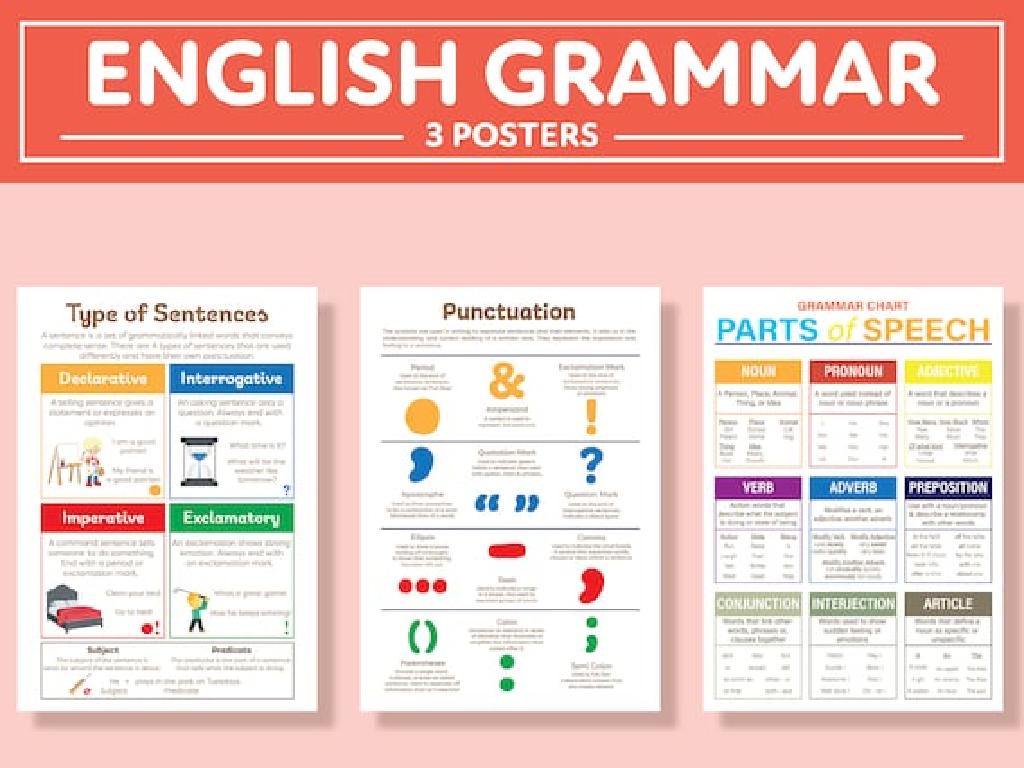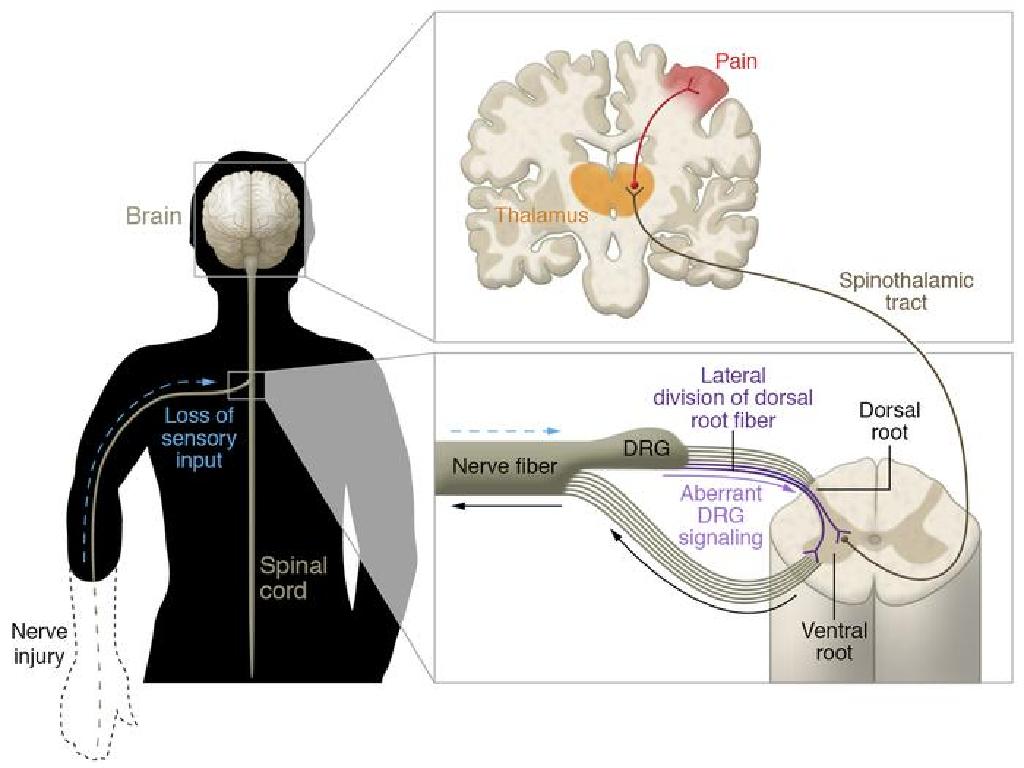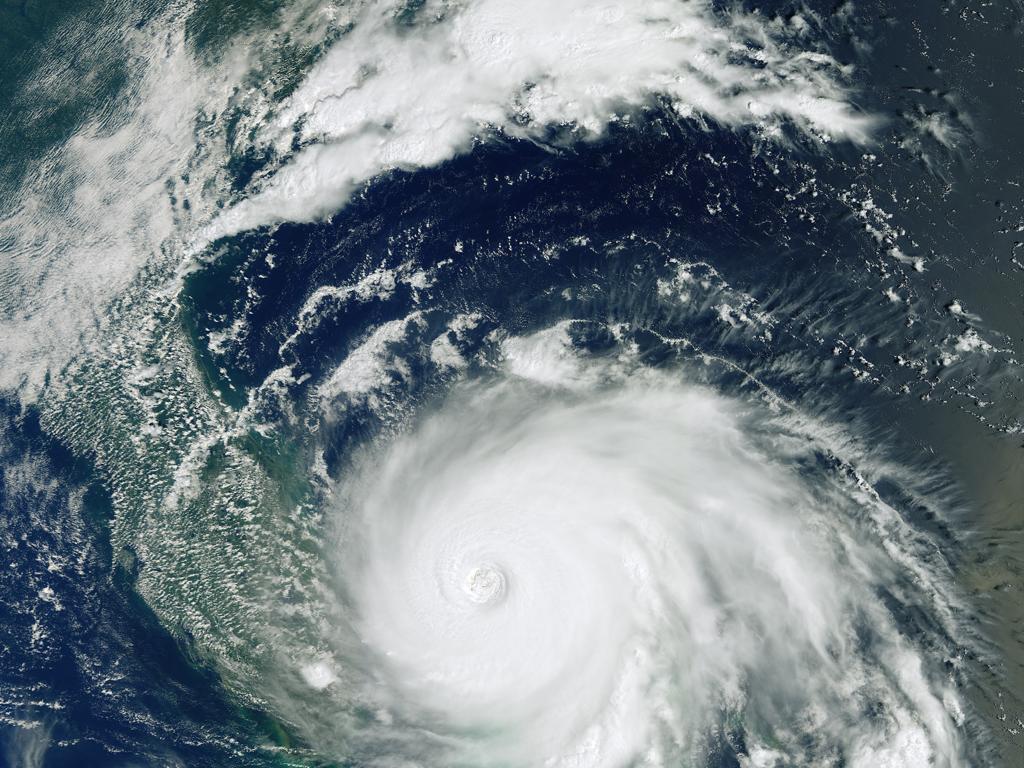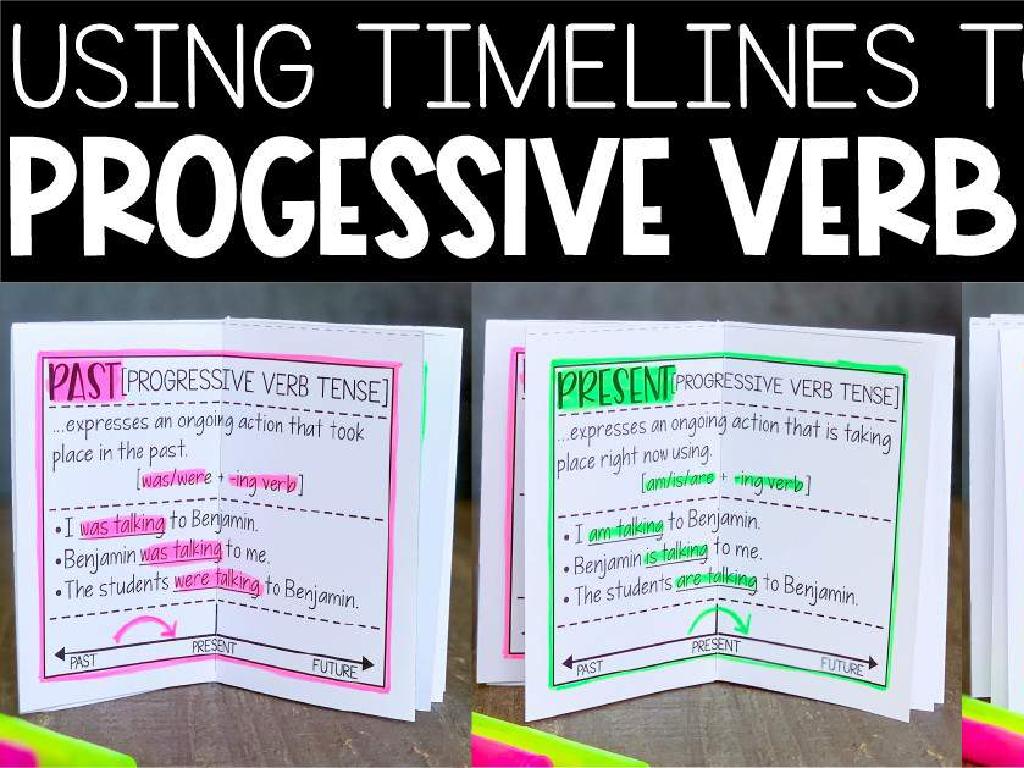Review - Introduction To World History
Subject: Arts and humanities
Grade: High school
Topic: World History Project Ap Review
Please LOG IN to download the presentation. Access is available to registered users only.
View More Content
Welcome to World History Review
– Grasping the past’s impact
– How history informs our present and future decisions
– Scope of World History
– A study of civilizations, cultures, and global interactions over time
– Objectives for today’s session
– Review key concepts and prepare for upcoming assessments
– Engaging with historical insights
– Analyze historical events to understand their relevance today
|
This slide is designed to set the stage for a comprehensive review session in World History. It aims to remind students of the importance of understanding history to make informed decisions for the future. The content covers the broad scope of World History, which includes the study of various civilizations, cultures, and their interactions throughout different periods. The goals for today’s session are to review key historical concepts, ensure students are well-prepared for their assessments, and to encourage them to engage actively with the material by understanding the relevance of historical events in today’s context. Encourage students to think critically about how the past has shaped the modern world and to draw connections between historical events and current global issues.
Timeline of Major Eras in World History
– Key periods in world history
– Ancient, Post-Classical, Early Modern, Modern
– Significance of each era
– Each era shaped social, political, and cultural norms
– Interconnection of historical eras
– Developments in one era influenced subsequent periods
– Reflect on the impact of these eras
|
This slide aims to provide students with a high-level overview of the major eras in world history, highlighting their significance and the ways in which they are interconnected. Start with the Ancient Era, moving through to the Post-Classical, Early Modern, and Modern Eras. Discuss how each period has contributed to the development of societies and has been influenced by the time that preceded it. Encourage students to think about how historical events are linked across time and how the legacies of past eras can be seen in the present day. This will help them to understand the continuity and change that characterizes world history.
Themes in World History
– Recurring historical themes
– Themes that appear repeatedly across various eras
– Migration, Trade, Conflict, Innovation
– Examples include the movement of people, exchange of goods, wars, and technological advancements
– Cause and effect in history
– How events influence each other over time
– Analyzing historical patterns
|
This slide aims to introduce students to the concept of recurring themes in world history, emphasizing the importance of understanding patterns across different periods. By examining themes such as migration, trade, conflict, and innovation, students can gain insights into how these elements have shaped societies and the world at large. Additionally, exploring cause and effect will help students analyze the complex interplay between historical events, leading to a deeper understanding of the past. Encourage students to think critically about how these themes have manifested in different contexts and to consider the long-term impacts on our world today.
Civilizations and Societies: A Historical Overview
– Defining civilization characteristics
– Characteristics include urban development, cultural practices, and governance structures.
– Societal influences over time
– Trade, war, and diplomacy have shaped inter-societal relations.
– Silk Road’s historical impact
– The Silk Road facilitated significant cultural, commercial, and technological exchanges.
– Case Study: Silk Road analysis
|
This slide aims to provide students with an understanding of the defining features of major civilizations throughout history and how societies have influenced each other, leading to the development of the modern world. Emphasize the importance of urban development, cultural practices, and governance in shaping civilizations. Discuss the various ways societies have interacted, such as through trade, war, and diplomacy, and how these interactions have led to cultural exchanges and advancements. Use the Silk Road as a case study to illustrate the profound impact of these exchanges on civilizations, highlighting the spread of goods, ideas, and innovations across continents. Encourage students to think critically about the long-term effects of such historical interactions and to consider how the past continues to influence the present.
Historical Turning Points in World History
– Defining historical turning points
– Fall of Rome as a turning point
– Marked the transition from ancient to medieval Europe
– Industrial Revolution’s impact
– Triggered technological innovation and social change
– Analyzing consequences of events
– Consider how these events reshaped societies and the global order
|
This slide aims to introduce students to the concept of historical turning points events that have had a profound and lasting impact on the course of world history. Begin by defining what constitutes a turning point and then delve into specific examples like the fall of Rome, which signified the end of ancient history and the beginning of the medieval period. Discuss the Industrial Revolution as a more recent turning point that led to massive technological advancements and altered social structures. Encourage students to analyze the far-reaching consequences of these events, prompting them to think critically about how such turning points have shaped the world we live in today. This discussion will help students understand the interconnectedness of historical events and their significance in the broader context of world history.
Historical Sources and Evidence
– Primary vs. Secondary Sources
– Primary sources are original documents; secondary sources interpret primary sources.
– Assessing Evidence Reliability
– Consider author’s perspective, purpose, and context to judge reliability.
– Activity: Primary Source Analysis
– Examine an actual historical document and determine its significance.
|
This slide introduces students to the concepts of primary and secondary sources, which are fundamental in studying history. Primary sources are original, uninterpreted materials from the time period being studied, such as diaries, photographs, or artifacts. Secondary sources are interpretations or analyses based on primary sources, like textbooks or articles. Students should learn how to evaluate the reliability of historical evidence by considering the source’s origin, author’s perspective, and the context in which it was created. The activity involves analyzing a primary source document to practice these skills. Provide students with a historical document and guide them to identify its origin, purpose, and content. Encourage them to discuss the document’s significance and what it reveals about the time period. This exercise will help them understand the importance of critical analysis in interpreting historical events.
Historiography and Interpretation in World History
– Understanding historiography
– How history is recorded and interpreted over time.
– Perspectives on historical events
– One event can be viewed differently by different cultures or historians.
– Recognizing bias in history
– Bias can shape historical narrative, affecting objectivity.
– Context’s role in analysis
– Historical context provides the backdrop for events, influencing their outcomes and interpretations.
|
This slide aims to introduce students to the concept of historiography the study of how history is written and the various methods historians use to interpret past events. Emphasize the importance of understanding that history is not just a collection of facts, but a narrative shaped by the perspectives and biases of those who document it. Discuss how a single event can be seen in multiple lights, depending on the cultural, political, or personal viewpoints of the historian. Highlight the role of bias and context in shaping historical analysis, and encourage students to critically evaluate historical sources. Use examples like the differing accounts of imperial conquests or revolutions to illustrate how perspective can alter our understanding of history.
Connecting Past with Present
– Historical events influence today
– Examples of enduring legacies
– Democracy in ancient Greece to modern politics
– Students find history in today’s world
– Investigate how past events are reflected in current society
– Encourage personal historical connections
|
This slide aims to bridge the gap between historical events and current affairs, illustrating how the past continuously shapes our present. Highlight the impact of significant historical events on today’s political, social, and cultural landscapes. Use concrete examples, such as the influence of ancient Greek democracy on contemporary political systems, to show the enduring legacies of history. Encourage students to explore and identify how historical events have influenced aspects of their daily lives and the world around them. This exercise not only makes history relevant but also fosters critical thinking and a deeper appreciation for the study of history.
Class Activity: Historical Debate
– Divide into historical perspective groups
– Debate major event causes and effects
– Aim: Foster critical thinking
– Engage in analyzing and evaluating different arguments
– Understand multiple viewpoints
– Recognize the diversity of historical interpretations
|
This class activity is designed to engage students in a historical debate, which will help them develop critical thinking skills and an understanding of multiple historical viewpoints. Divide the class into small groups, each representing different perspectives on a major historical event. Each group will research and debate the causes and effects of the event from their assigned viewpoint. This activity encourages students to delve deeper into historical analysis and to appreciate the complexity of historical events and their interpretations. Possible events for debate include the causes of World War I, the effects of the Industrial Revolution, or the implications of the discovery of the New World. Provide guidance on debate structure and ensure each student participates in the discussion.
Conclusion: Reflecting on World History
– Recap of key historical concepts
– Value of learning World History
– Understanding past events helps us navigate the present and future.
– Encourage questions and reflections
– Discuss how history shapes our world
– History informs our identity and global perspective.
|
As we wrap up today’s session, it’s crucial to revisit the main points we’ve covered, emphasizing how each event and era contributes to the complex tapestry of World History. Highlight the importance of studying history as a way to understand the forces that have shaped our societies and the world at large. Open the floor for students to ask questions, encouraging them to reflect on what they’ve learned and how it relates to current events. Use this opportunity to foster a deeper appreciation for history and its ongoing impact on our lives. Encourage students to think critically about how historical understanding can inform their perspectives and decisions.





